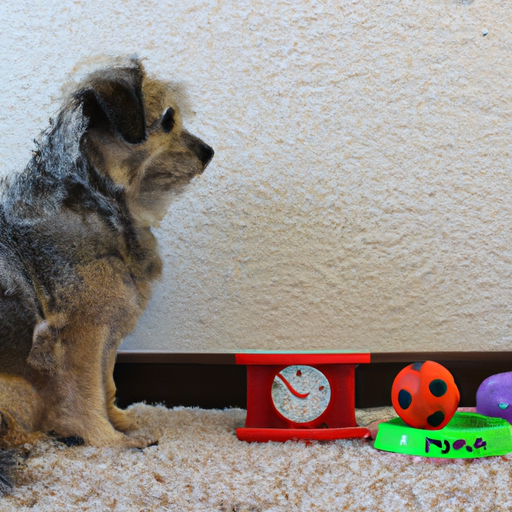As a caregiver for your furry friend, it’s paramount to understand the timing between feeding and play. This knowledge will not only keep your dog healthy but also prevent potential health risks. In this comprehensive guide, we’re going to explore this topic in depth, providing you with the essential information to care for your dog in the best possible way.
1. The Importance of Digestion Time in Dogs
Understanding digestion in dogs is the first step to answering our main question: How long after eating can dogs play?
Digestion in dogs is a complex process that begins from the moment your dog takes the first bite of their meal. It continues through the stomach and intestines, and it can take anywhere from 4 to 12 hours. This wide range is due to factors such as:
- The dog’s age and size
- The type of food (wet, dry, raw, etc.)
- The dog’s overall health and metabolism rate
So, why is this important? A dog’s body needs to focus on digestion after eating. Playing can disturb this process and lead to discomfort, vomiting, and in severe cases, a life-threatening condition called Gastric Dilatation-Volvulus (GDV), also known as bloating.
2. The Ideal Time to Play After Eating
As a general rule of thumb, it’s best to wait at least one hour after feeding before engaging your dog in moderate to vigorous play. The table below provides a more nuanced guide based on the size and age of your dog.
| Dog Size | Ideal Wait Time |
|---|---|
| Small | 30-60 minutes |
| Medium | 60-90 minutes |
| Large | 90-120 minutes |
| Puppy | 30-60 minutes |
| Senior | 60-90 minutes |
These times should be adjusted based on your dog’s health and the type of food they eat.
3. Signs Your Dog is Ready to Play
Your dog will likely show signs when they’re ready to play. Some common indications include:
- Active and alert behavior
- Increased interest in toys or you
- Signs of restlessness
On the other hand, if your dog shows signs of discomfort such as bloating, lethargy, or vomiting, it’s crucial to delay playtime and consult a vet if symptoms persist.
4. Incorporating a Feeding and Playing Schedule
Establishing a routine for feeding and play can greatly benefit you and your dog. Here’s a sample schedule that you can adjust according to your dog’s needs:
- Morning: Feed your dog their first meal.
- Wait: Follow the waiting time as per the table above.
- Play: Engage in playtime or a walk.
- Midday: If your dog eats twice a day, feed the second meal.
- Wait and Play: Follow the waiting time and then play.
- Evening: Time for relaxation and winding down.
Remember, every dog is different, so it’s important to tailor the schedule to your dog’s specific needs.
5. Common Myths and Misconceptions
There are several myths regarding feeding and playing time for dogs. Some people believe that dogs can play immediately after eating or that all dogs need a strict two-hour waiting period. However, as we’ve seen, the truth is more nuanced and depends on the individual dog. Always prioritize your dog’s comfort and health over any generalized advice.
Frequently Asked Questions
Q: Can I walk my dog immediately after eating?
A: Light walks are usually fine, but avoid strenuous walks or play. Stick to the recommended waiting times.
Q: My dog seems fine playing right after eating. Should I still wait?
A: While your dog may seem fine, it’s best to wait to avoid any potential health risks.
Q: Are some dog breeds more prone to issues if they play after eating?
A: Yes, large breeds and those with deep chests are more prone to GDV.
Q: What should I do if my dog shows signs of discomfort after playing and eating?
A: Stop play immediately and consult a vet if symptoms persist.
By understanding the relationship between feeding and playtime, you can ensure that your dog remains healthy, happy, and ready for their next game of fetch.



